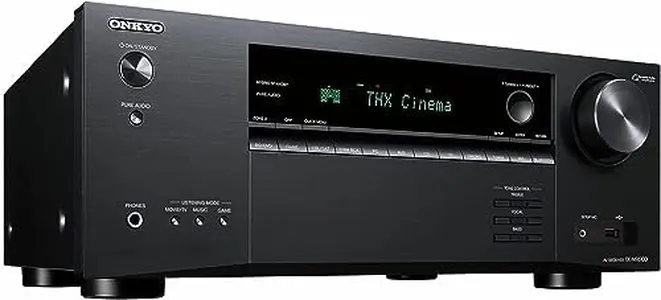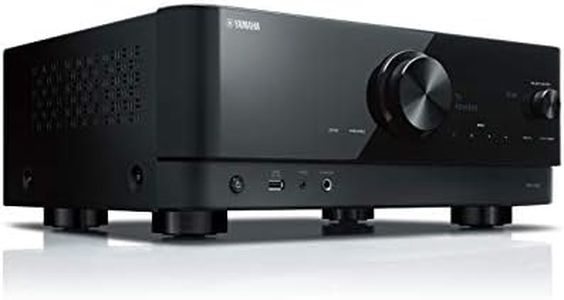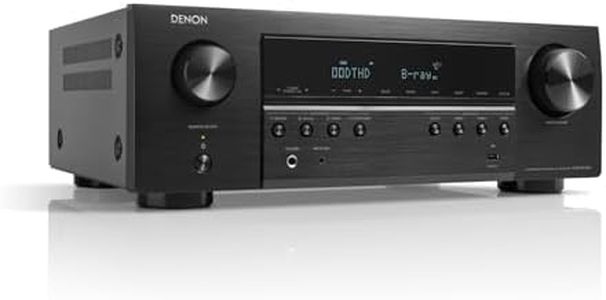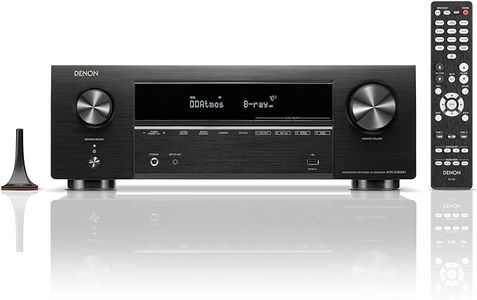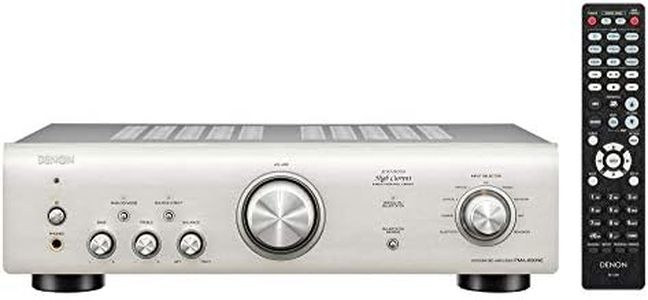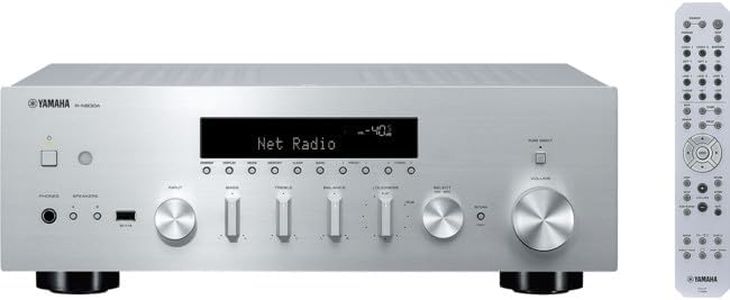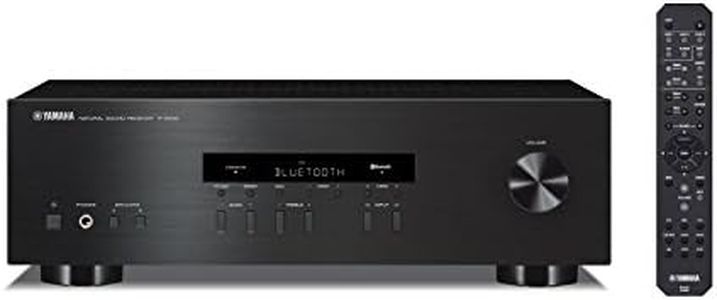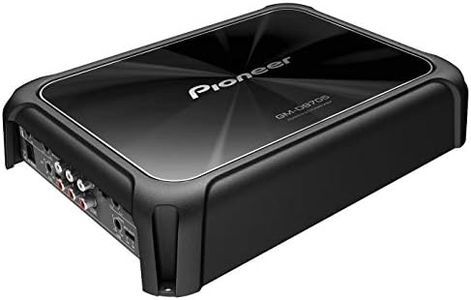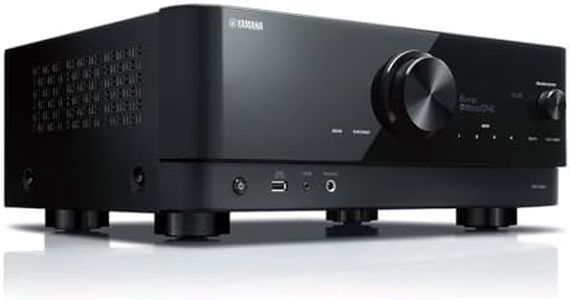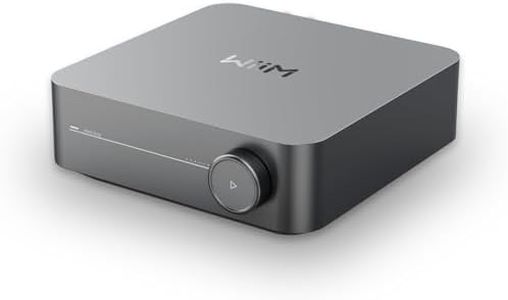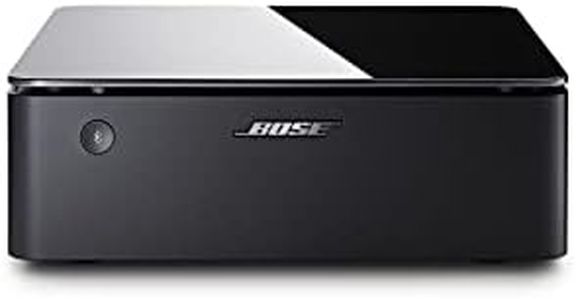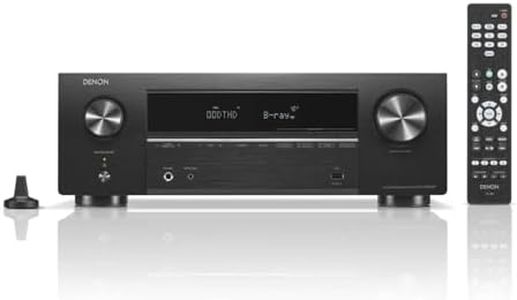We Use CookiesWe use cookies to enhance the security, performance,
functionality and for analytical and promotional activities. By continuing to browse this site you
are agreeing to our privacy policy
10 Best Audio Amplifiers
From leading brands and best sellers available on the web.By clicking on a link to a third party's website, log data is shared with that third party.
Buying Guide for the Best Audio Amplifiers
Choosing the right audio amplifier is essential for getting the sound quality you're looking for from your speakers or audio setup. Whether you're putting together a home theater, hi-fi stereo, or want better sound for your computer or TV, understanding how amplifiers work and which features matter will help you make a confident decision. Start by considering what speakers you plan to use, what type of music or audio you enjoy, and where you'll be listening—the right amplifier not only brings your audio to life but also ensures your system operates safely and efficiently.Power Output (Watts per channel)Power output refers to how much electrical power the amplifier can send to your speakers, usually measured in watts per channel. This affects how loud and clear your audio can be before distortion happens. Low-power amps (10-30 watts per channel) are suitable for small rooms or sensitive speakers, while mid-range (30-100 watts) fits most home audio setups. High-powered amps (over 100 watts) are meant for large rooms, outdoor use, or less sensitive speakers. Pick based on your room size and how loud you want to listen—too little power can sound weak, but overpowering your speakers can damage them.
Number of ChannelsThe number of channels tells you how many separate speakers an amplifier can drive at once. Stereo amps (2 channels) work well for traditional music listening or simple setups, while multi-channel amps (5, 7, or more channels) are better for home theaters or surround sound. Think about your system—if it's just music, two channels may be enough; for surround sound, more channels make sense.
Impedance Compatibility (Ohms)Impedance, measured in ohms, is the electrical resistance presented by your speakers. Most home speakers are rated at 4, 6, or 8 ohms. Amplifiers are designed to work with certain impedance ranges. Using an amp that matches your speakers' impedance ensures safe operation and good sound. If you're unsure, match your amp's recommendation to your speakers—you’ll find this in their specs.
Inputs and ConnectivityInputs determine what audio sources you can connect to the amplifier, such as smartphones, TVs, turntables, or computers. Common connections include RCA, optical, Bluetooth, and USB. Choose an amplifier that supports the kind of devices you frequently use. For example, if you stream music from your phone, Bluetooth is useful; for vinyl, you’ll want a phono input.
Total Harmonic Distortion (THD)This spec tells you how much distortion the amplifier introduces to the audio signal, usually shown as a percentage. Lower THD means cleaner sound. For most listening, a THD below 1% is good, and below 0.1% is excellent. Pick based on how critical you are—casual listeners may not notice slight differences, but audiophiles may prefer the lowest THD.
Form Factor and VentilationThe size and shape of the amplifier, and whether it allows for enough airflow to stay cool, are important for placing it in your setup. Compact amps work for desktops and tight spaces, while larger, heavier units need more room and shelf support. Consider where you'll put the amp and ensure it has space to dissipate heat safely, especially with higher-powered models.
Control FeaturesControl features include options like remote controls, tone controls (bass/treble adjustment), displays, and app support. These make the amplifier easier and more flexible to use. If you want simple operation, look for clear, user-friendly controls. If you appreciate tweaking sound, tone controls or EQ options may matter to you.
